Nicole Luke
Advisor: Mercedes Garcia-Holguera
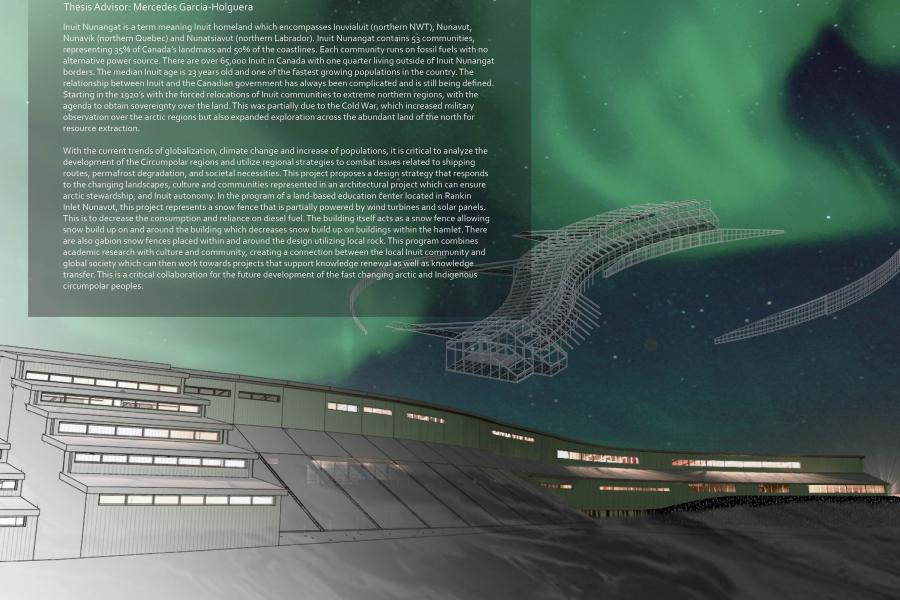
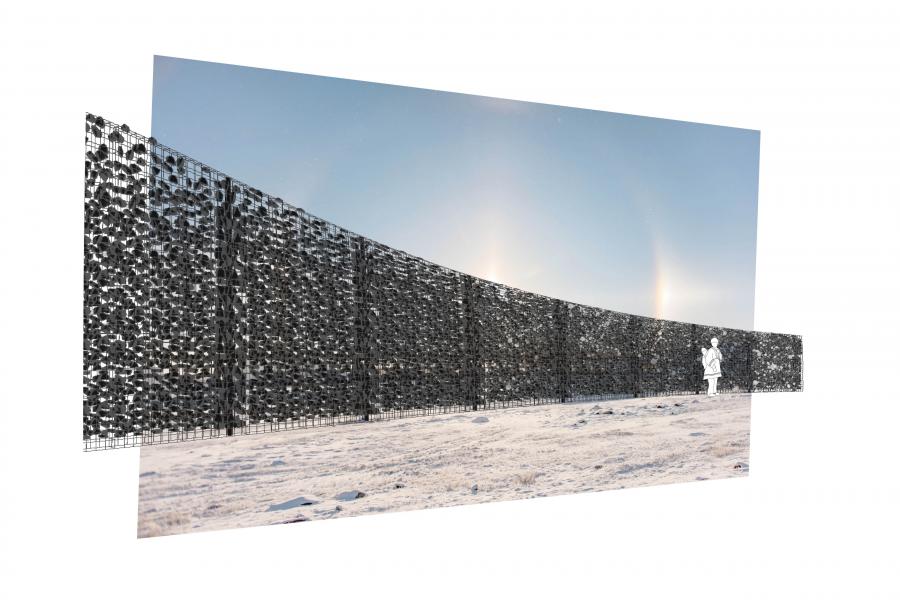
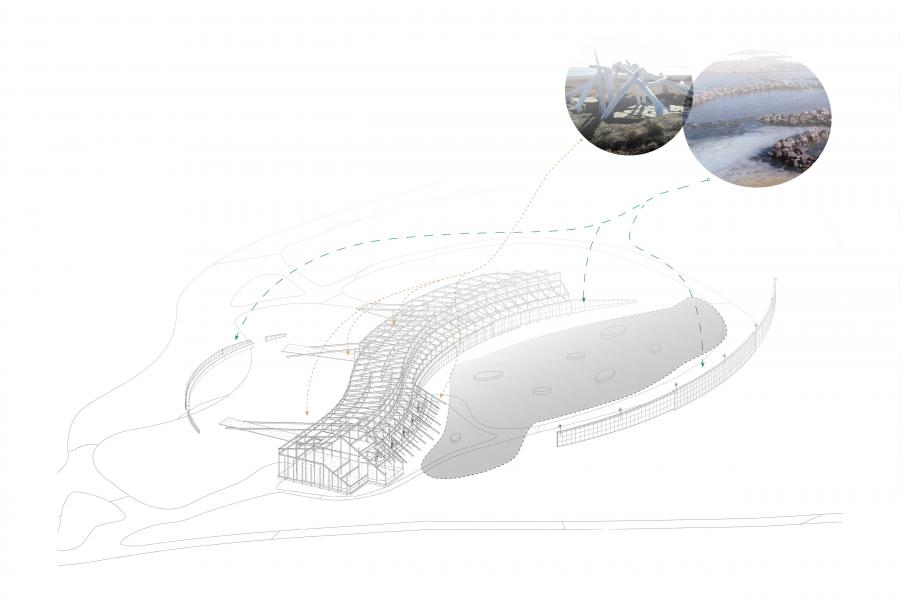
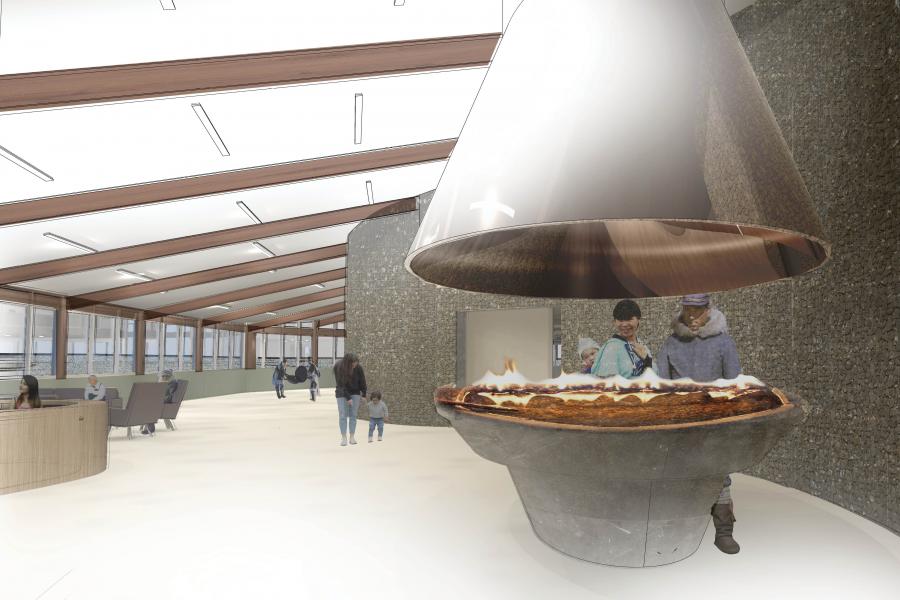
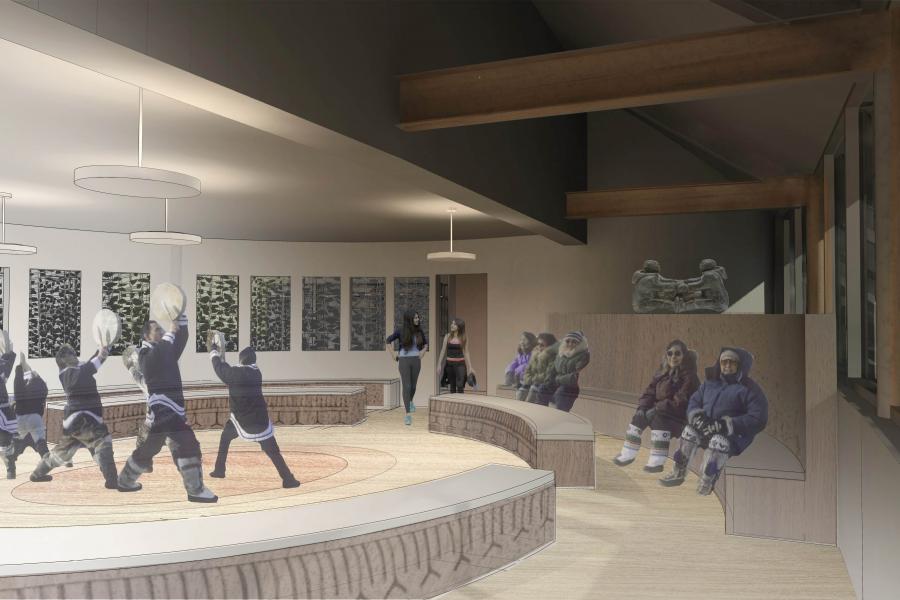
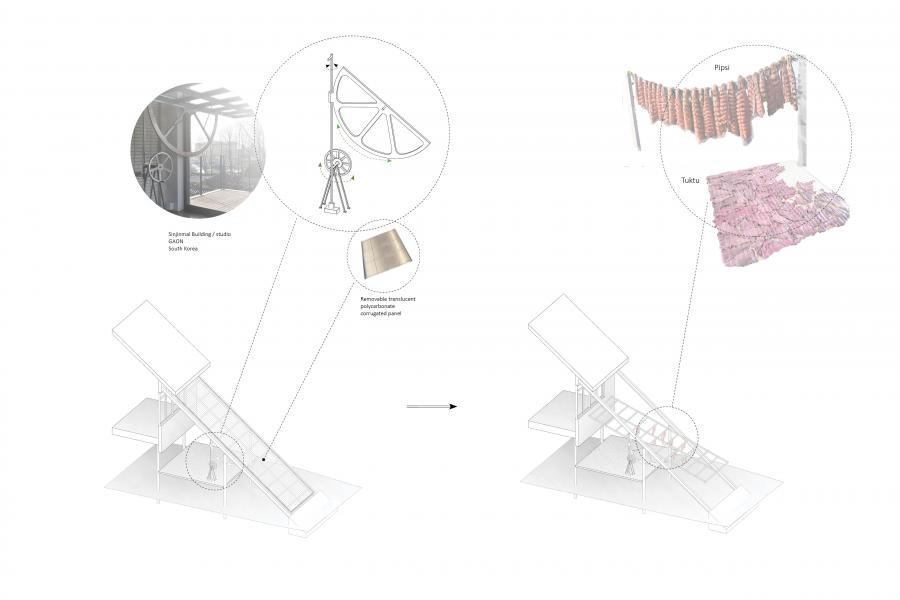
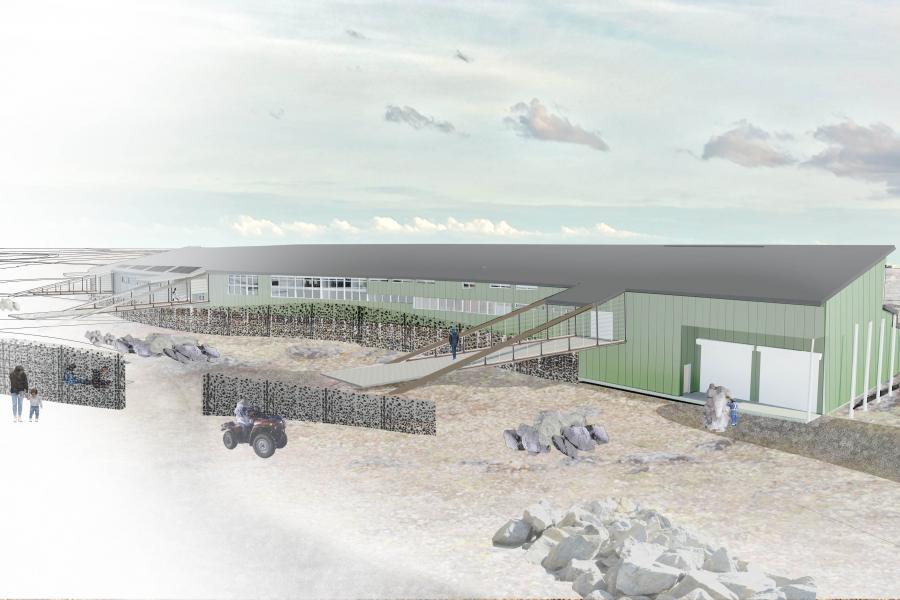
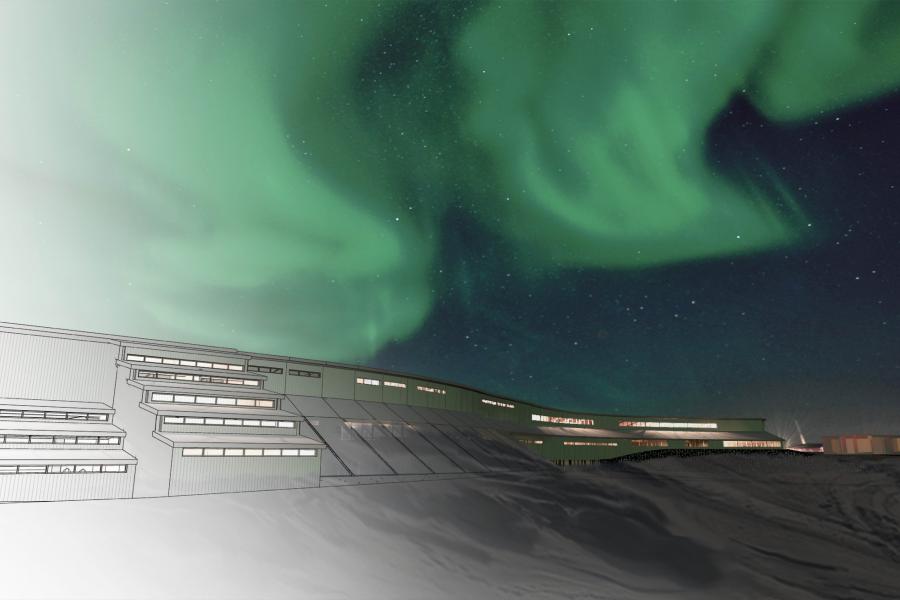
Ukiuqtaqturmik Sapumminiq/Protecting the Arctic; Constructing Inuit Sovereignty
Inuit Nunangat is a term meaning Inuit homeland which encompasses Inuvialuit (northern NWT), Nunavut, Nunavik (northern Quebec) and Nunatsiavut (northern Labrador). Inuit Nunangat contains 53 communities, representing 35% of Canada’s landmass and 50% of the coastlines. Each community runs on fossil fuels with no alternative power source. There are over 65,000 Inuit in Canada with one quarter living outside of Inuit Nunangat borders. The median Inuit age is 23 years old and one of the fastest growing populations in the country. The relationship between Inuit and the Canadian government has always been complicated and is still being defined. Starting in the 1920’s with the forced relocations of Inuit communities to extreme northern regions, with the agenda to obtain sovereignty over the land. This was partially due to the Cold War, which increased military observation over the arctic regions but also expanded exploration across the abundant land of the north for resource extraction. With the current trends of globalization, climate change and increase of populations, it is critical to analyze the development of the Circumpolar regions and utilize regional strategies to combat issues related to shipping routes, permafrost degradation, and societal necessities. This project proposes a design strategy that responds to the changing landscapes, culture and communities represented in an architectural project which can ensure arctic stewardship, and Inuit autonomy. In the program of a land-based education center located in Rankin Inlet Nunavut, this project represents a snow fence that is partially powered by wind turbines and solar panels. This is to decrease the consumption and reliance on diesel fuel. The building itself acts as a snow fence allowing snow build up on and around the building which decreases snow build up on buildings within the hamlet. There are also gabion snow fences placed within and around the design utilizing local rock. This program combines academic research with culture and community, creating a connection between the local Inuit community and global society which can then work towards projects that support knowledge renewal as well as knowledge transfer. This is a critical collaboration for the future development of the fast changing arctic and Indigenous circumpolar peoples.
